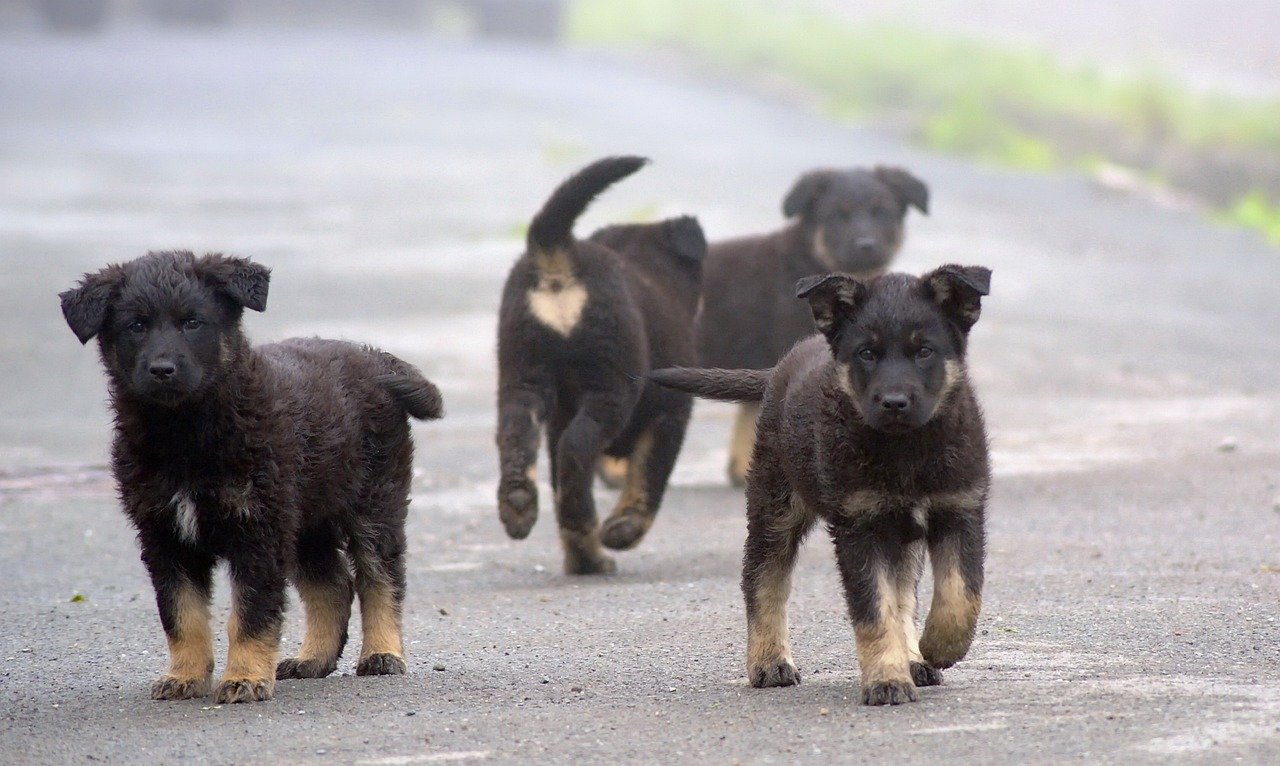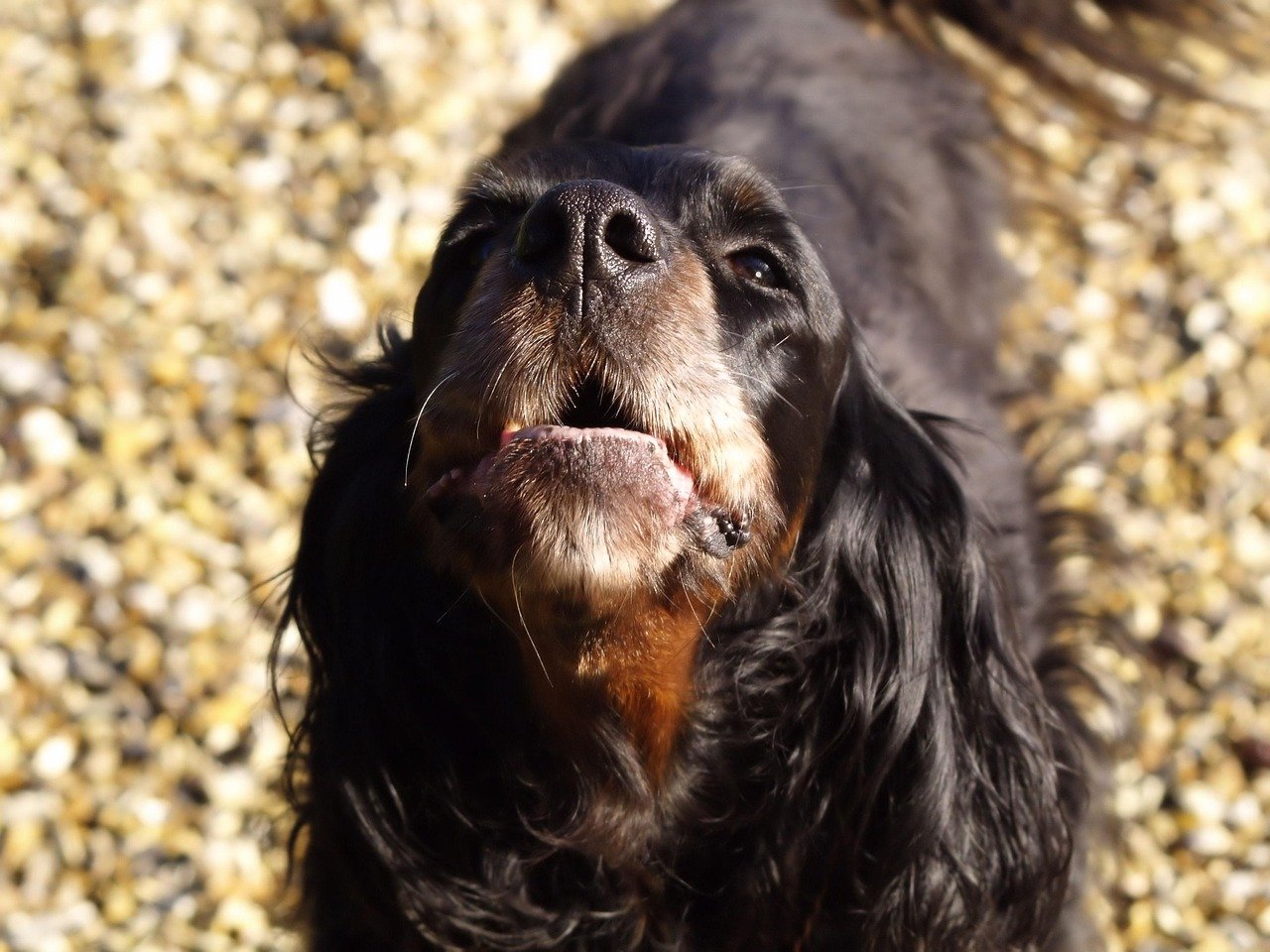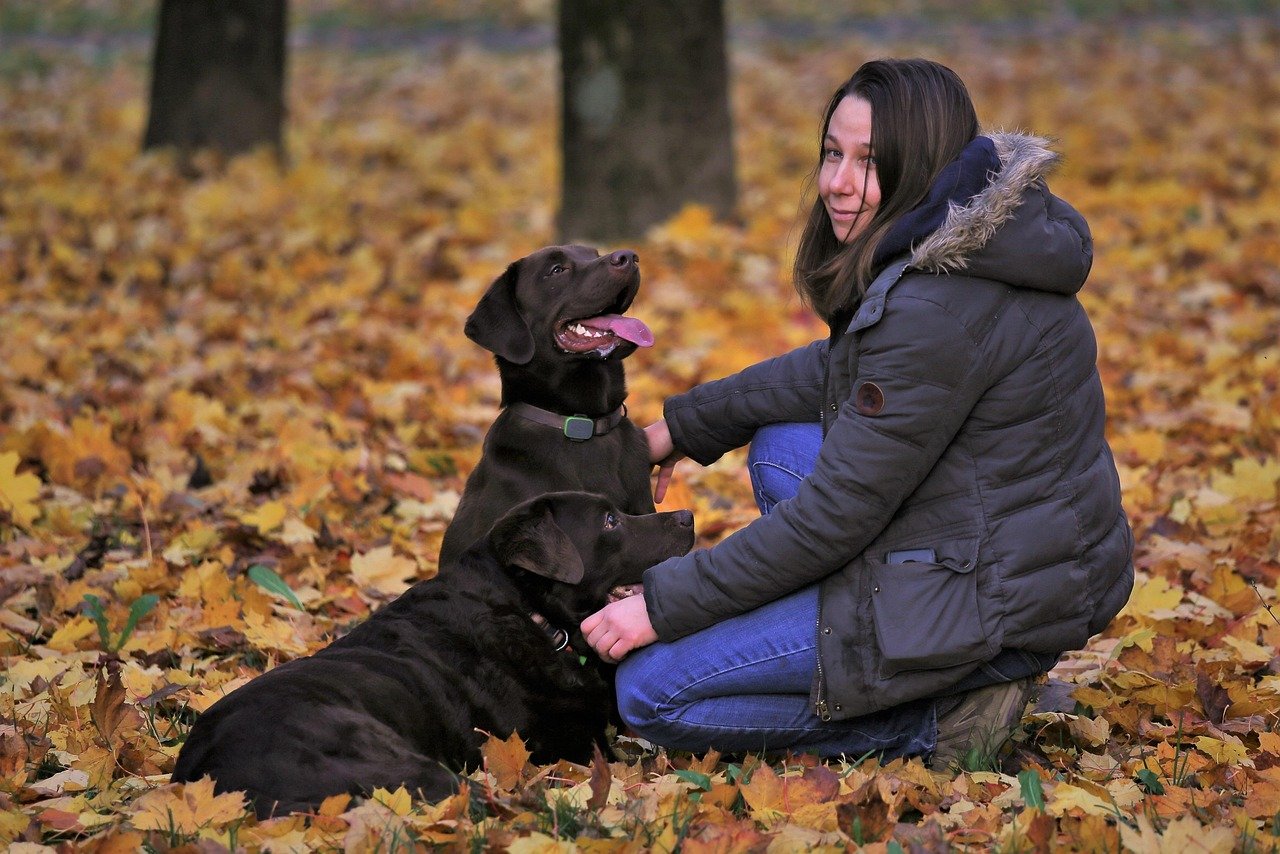Ever wonder why some dogs just can’t handle being left alone? It’s not just about boredom—it’s often rooted in deep attachment and anxiety. Dogs are pack animals, so when their favorite human disappears, they can feel stressed, confused, or even abandoned. This can lead to behaviors like barking, chewing, or pacing. Some breeds are more prone to separation anxiety, especially those bred for companionship. But it also says a lot about the bond they share with you—they trust and rely on your presence. Understanding their struggle is the first step to helping them feel safe and secure, even when you’re not home.
The Roots of Canine Attachment: Born to Belong

Dogs are pack animals at heart. For thousands of years, they’ve evolved to thrive in groups—whether it was roaming wild with their kin or sticking close to human families. This deep-rooted need for companionship shapes everything from their playfulness to their loyalty. When a dog is left alone, it can feel like being banished from the pack, which can be an overwhelming experience. Imagine being left out of your own family’s living room while everyone else laughs together—that’s how it can feel for some dogs. Their need to belong is as strong as our own.
What Separation Anxiety Really Looks Like

Separation anxiety isn’t just a buzzword; it’s a genuine struggle for many dogs. It can show up as pacing, barking, whining, chewing on furniture, or even having accidents indoors. Some dogs will scratch frantically at doors, as if trying to claw their way back to you. Others might drool excessively or even try to escape the house altogether. This isn’t bad behavior—it’s panic. They’re not acting out; they’re reaching out. It’s like a child lost in a crowd, desperate to find their parent.
Why Only Some Dogs Struggle: The Sensitive Souls
Not every dog experiences separation anxiety. Some dogs are more independent, while others seem glued to your side. Genetics play a big role—certain breeds are known for being more people-oriented, such as Labrador Retrievers, German Shepherds, or Border Collies. Life experiences matter, too. Dogs who’ve been rehomed, abandoned, or who lacked early socialization may feel extra insecure. Think of it like people: some are naturally more confident, while others need a little more reassurance.
Puppyhood Patterns: Early Lessons Matter
What happens during a dog’s first months can shape their feelings about being alone for life. Puppies that are gently introduced to short periods of alone time often grow up to be more confident. On the other hand, those that are never left alone, or who experience sudden, traumatic separations, may struggle with independence. It’s a bit like learning to sleep without a nightlight—if you’re never given the chance, darkness can be terrifying. Early habits stick.
Environmental Triggers: The Power of Routine

Dogs are creatures of habit. Sudden changes to their daily routine—like a new job that keeps you out later, or a family member moving away—can throw them off balance. Even something as simple as moving to a new house or a change in your scent can trigger distress. When their world changes unexpectedly, it’s like having the rug pulled out from under them. They rely on the comfort of predictability, just like we do.
Medical Factors: When Health Gets in the Way
Sometimes, the problem isn’t just emotional—it’s physical. Dogs with certain medical issues, like hypothyroidism or cognitive decline in older age, may become more anxious or confused. Pain or discomfort can make them more clingy or less able to cope with stress. If a dog suddenly becomes anxious when left alone, it’s worth checking with a vet. Imagine trying to handle stress while you’re feeling sick—it’s so much harder.
The Human Connection: How Our Behavior Affects Dogs
Dogs are experts at reading us. If we get anxious or make a big fuss when leaving or returning home, our dogs pick up on it. Sometimes, in our worry about their anxiety, we accidentally reinforce it by giving extra attention right before we leave. They learn to associate our departures with something dramatic or upsetting. Calm, confident goodbyes and hellos can help teach dogs that being alone isn’t a big deal. Our energy really does rub off on them.
The Role of Enrichment: Boredom vs. Loneliness
There’s a big difference between being bored and being truly lonely. Bored dogs might get into mischief, but lonely dogs are genuinely distressed. Providing toys, puzzle feeders, or even leaving on soft music can help, but it doesn’t replace the need for connection. Imagine being stuck in a room with nothing to do—sure, a book or a movie helps, but you still miss your friends and family. Enrichment is helpful, but it’s not the whole solution.
Training for Independence: Building Confidence Slowly
Helping a dog become comfortable alone takes patience. Gradual training—starting with just a few minutes apart and working up—can ease anxiety. Leaving for short periods and returning calmly teaches them that you always come back. Some people find success with “independence training,” where you reward your dog for relaxing alone in another room. It’s not a quick fix, but it builds trust. Like learning to ride a bike, it takes practice and encouragement.
When to Get Help: Knowing the Signs

Sometimes, anxiety runs so deep that home remedies aren’t enough. If a dog’s panic is severe—destroying doors, injuring themselves, or refusing to eat—it’s time to seek professional help. Certified dog trainers and veterinary behaviorists can create tailored plans, and sometimes anti-anxiety medications are needed. There’s no shame in asking for help; in fact, it’s a sign of love and commitment. After all, we see therapists or doctors when we’re struggling—why shouldn’t our pets?
What Our Dogs Teach Us About Connection
The way dogs react to being left alone reveals something touching about their nature—and ours. They remind us how much relationships matter. Their loyalty and longing for us is a kind of love that’s pure and uncomplicated. Dogs show us how deeply the need to belong runs through all living creatures. Their vulnerability in our absence is a mirror for our own need for connection and reassurance. It’s humbling and a little heartbreaking, but also inspiring.
Simple Steps that Make a Difference
There are little things that can help ease anxiety: leaving a worn t-shirt with your scent, using calming pheromone diffusers, or hiring a dog walker for midday visits. Even recording your voice or setting up a window perch can offer comfort. Each dog is unique, so it sometimes takes a bit of trial and error. The important thing is to notice what works for your dog and stick with it. A little creativity goes a long way.
Why Our Dogs’ Struggles Matter
At the end of the day, a dog’s distress says volumes about their capacity for love and trust. It’s an honor to be so important to another being. Their struggles aren’t just problems to be solved—they’re reminders that caring for a dog is about more than food and walks. It’s about understanding, empathy, and patience. Our dogs’ challenges are opportunities to deepen our bond and to become better, more compassionate people ourselves.
So, if your dog struggles when you’re away, it’s not bad behavior—it’s a sign of how much they care. That deep bond means the world to them, and being alone can feel unsettling. The good news? With patience, training, and a bit of understanding, you can help them build confidence and feel more at ease. After all, a little love goes a long way in easing those lonely paws.

Esther is from India; the heartbeat of South Asia, holding a Master’s degree in Zoology and a postgraduate diploma in Animal Welfare. Her enthusiasm for animal welfare drives her passion and dedication to working for animals, ensuring their well-being, and advocating for their rights. With a solid academic background and hands-on experience, she is committed to making a positive impact in the field of animal welfare. In her free time, she enjoys embroidery and sewing. As a Chennaite from Tamil Nadu, Esther loves Bharathanatyam, an Indian classical dance form.





